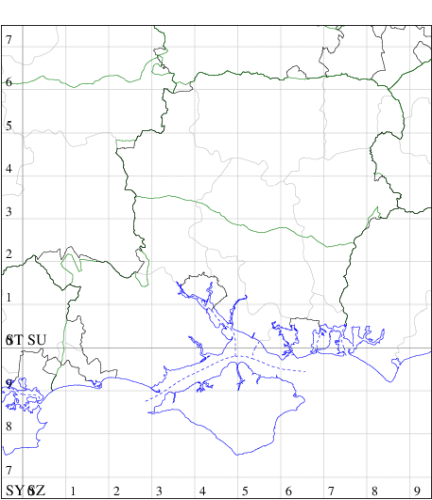Southern Grass Emerald
Chlorissa cloraria
Checklist Number70.307 [B&F: 1670a]
Verification
Record will require further evidence, at least a good photograph, unless CMR is aware recorder has confidence in identification
Classification
| Family: | Geometridae |
| Subfamily: | Geometrinae |
| Genus: | Chlorissa |
| Species: | cloraria |
| Authority: | (Hübner, [1813]) |
Local on the Channel Islands. Research by P H Sterling and P Costen (Sterling and Costen, 2010) has identified that all records of Small Grass Emerald Chlorissa viridata from the Channel Islands are actually referable to C. cloraria, a species known from Europe from Spain into Russia but with a distinct southerly bias. The two very closely related species occur in very different habitats, with the Channel Island cloraria occurring amongst gorse on cliff tops, as opposed to viridata in mainland Britain which frequents damp and boggy areas in heathland; it was this distinction that first prompted the investigation. It is intriguing that the island population is quite substantially removed from the nearest colonies on mainland France, but research in collections indicated that it has been present on Guernsey since at least 1862 and on Jersey since at least 1903 (when recorded as Small Grass Emerald). Unlikely to be recorded in Hampshire or on the Isle of Wight. Wingspan 24-27 mm. The two species are quite similar but, apart from being quite distinctive in the male genitalia, can be distinguished on wing coloration (deep green on present species versus bright green), wing shape but perhaps most obviously, the hindwing postmedian line has a distinct zigzag towards the dorsum on cloraria. While in Europe cloraria is mainly bivoltine, the Channel Island populations are univoltine between late May and early July. The foodplant has not been positively established, although adults appear to have an affinity with Gorse; captive rearing attempts have so far proved inconclusive.

